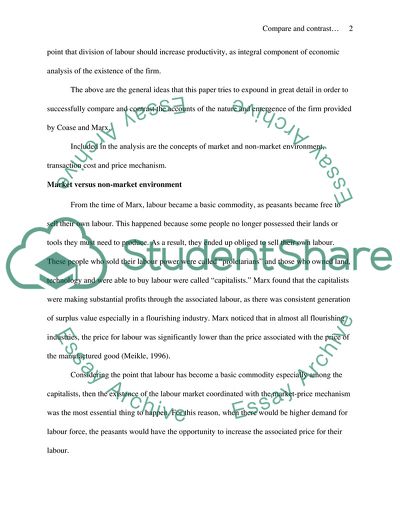Cite this document
(The Accounts of the Nature and Emergence of the Firm Provided by Coase Assignment, n.d.)
The Accounts of the Nature and Emergence of the Firm Provided by Coase Assignment. https://studentshare.org/macro-microeconomics/1789448-compare-and-contrast-the-accounts-of-the-nature-and-emergence-of-the-firm-provided-by-coase-and-marx
The Accounts of the Nature and Emergence of the Firm Provided by Coase Assignment. https://studentshare.org/macro-microeconomics/1789448-compare-and-contrast-the-accounts-of-the-nature-and-emergence-of-the-firm-provided-by-coase-and-marx
(The Accounts of the Nature and Emergence of the Firm Provided by Coase Assignment)
The Accounts of the Nature and Emergence of the Firm Provided by Coase Assignment. https://studentshare.org/macro-microeconomics/1789448-compare-and-contrast-the-accounts-of-the-nature-and-emergence-of-the-firm-provided-by-coase-and-marx.
The Accounts of the Nature and Emergence of the Firm Provided by Coase Assignment. https://studentshare.org/macro-microeconomics/1789448-compare-and-contrast-the-accounts-of-the-nature-and-emergence-of-the-firm-provided-by-coase-and-marx.
“The Accounts of the Nature and Emergence of the Firm Provided by Coase Assignment”. https://studentshare.org/macro-microeconomics/1789448-compare-and-contrast-the-accounts-of-the-nature-and-emergence-of-the-firm-provided-by-coase-and-marx.


